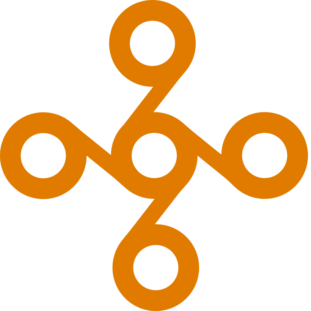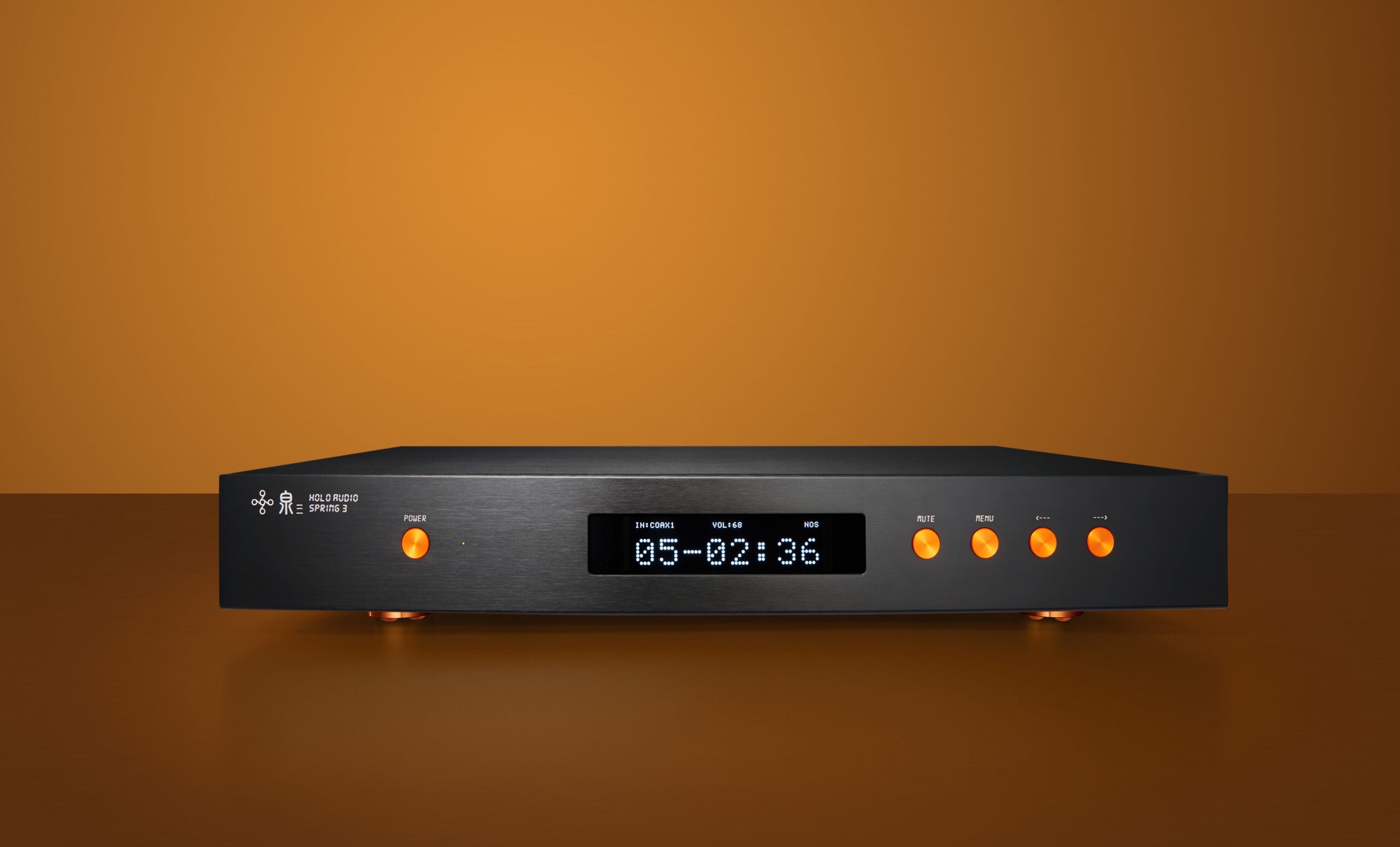
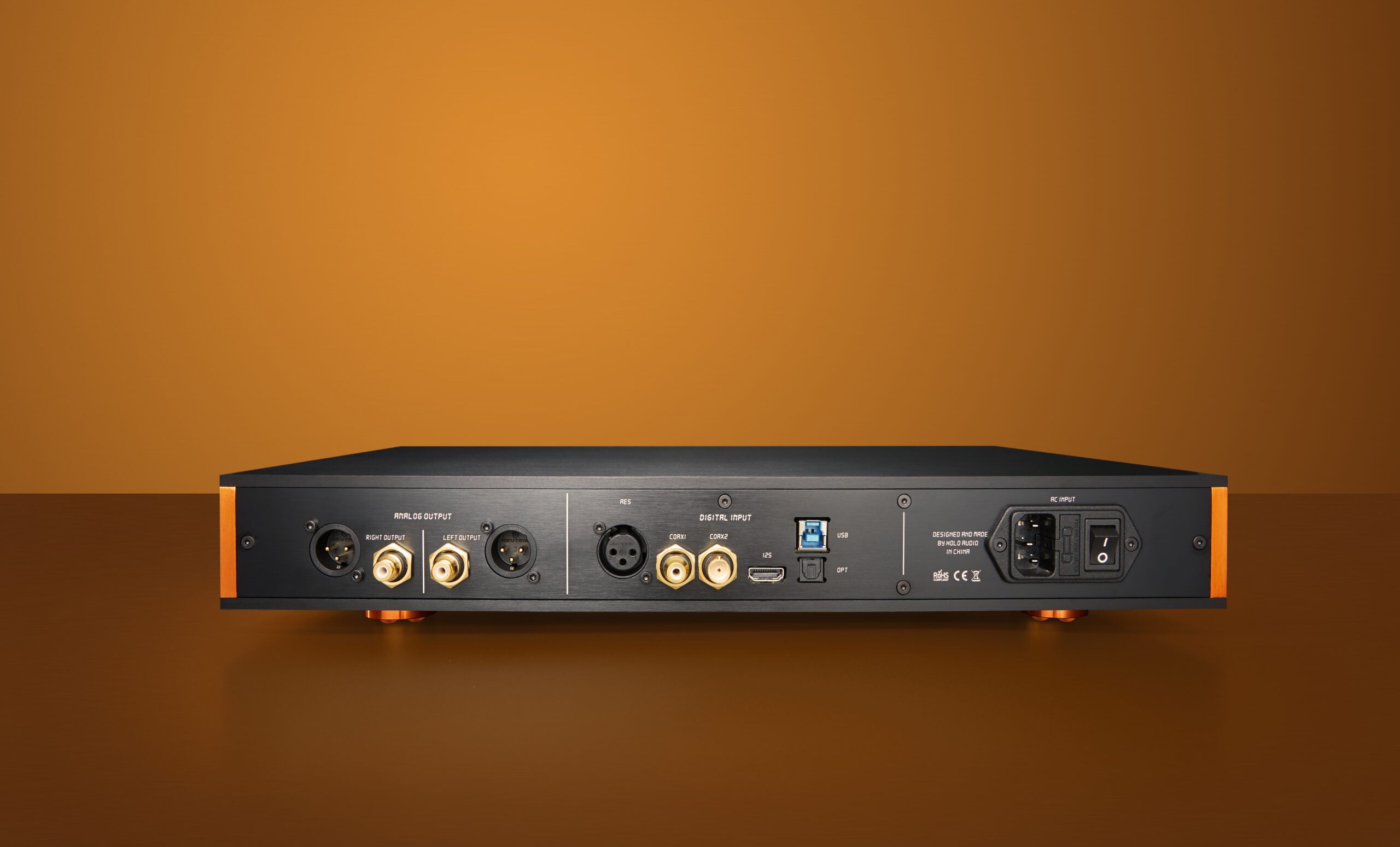
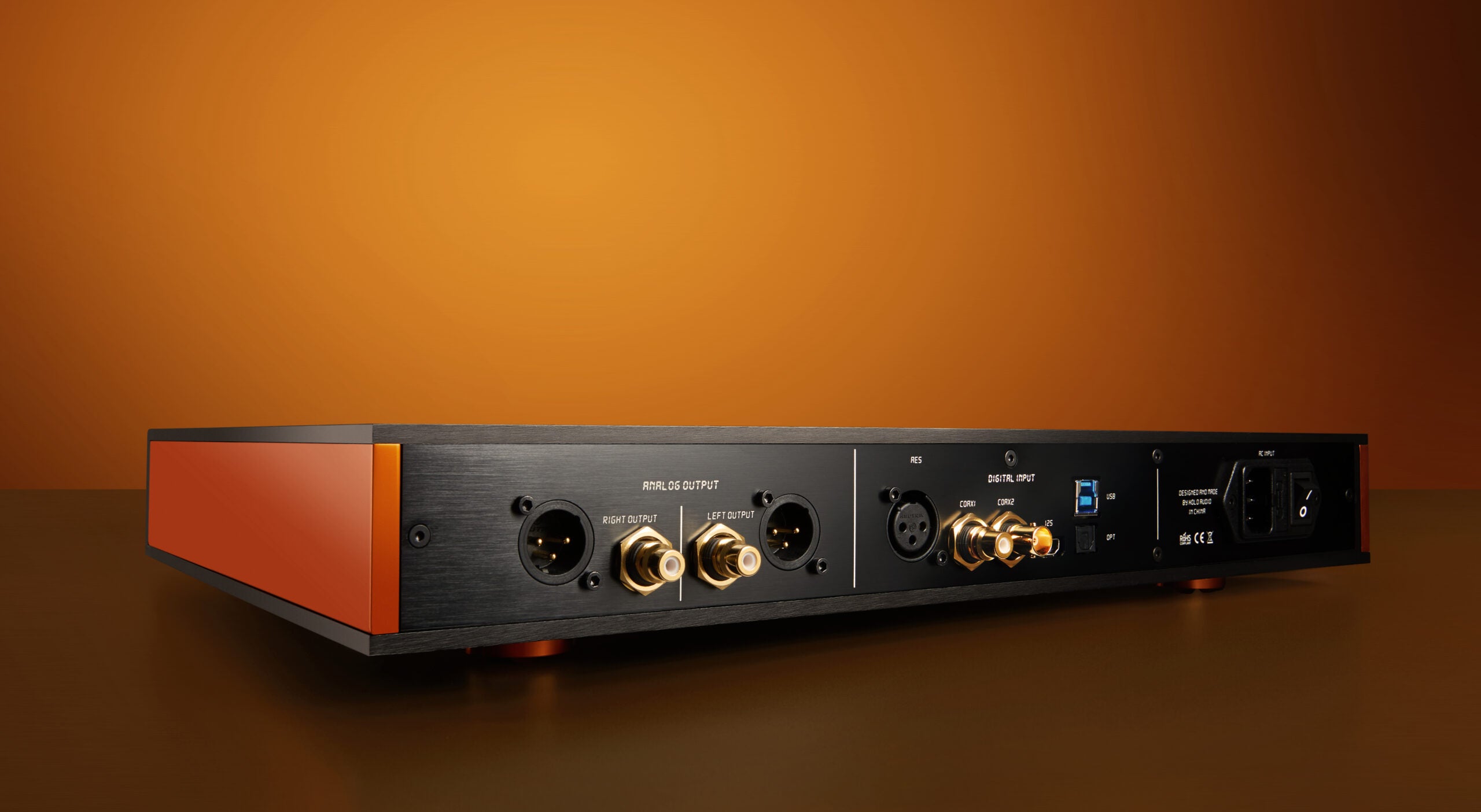
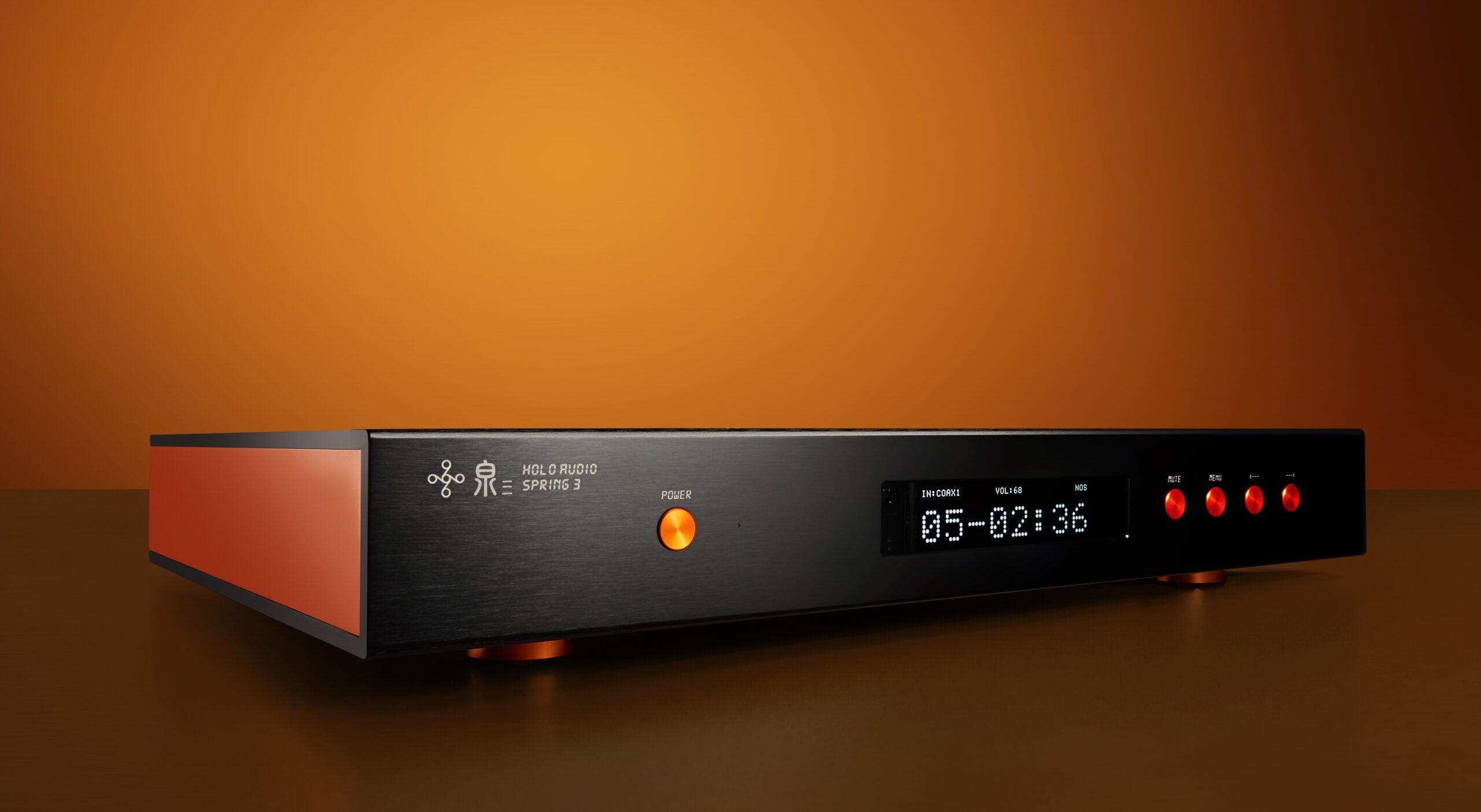
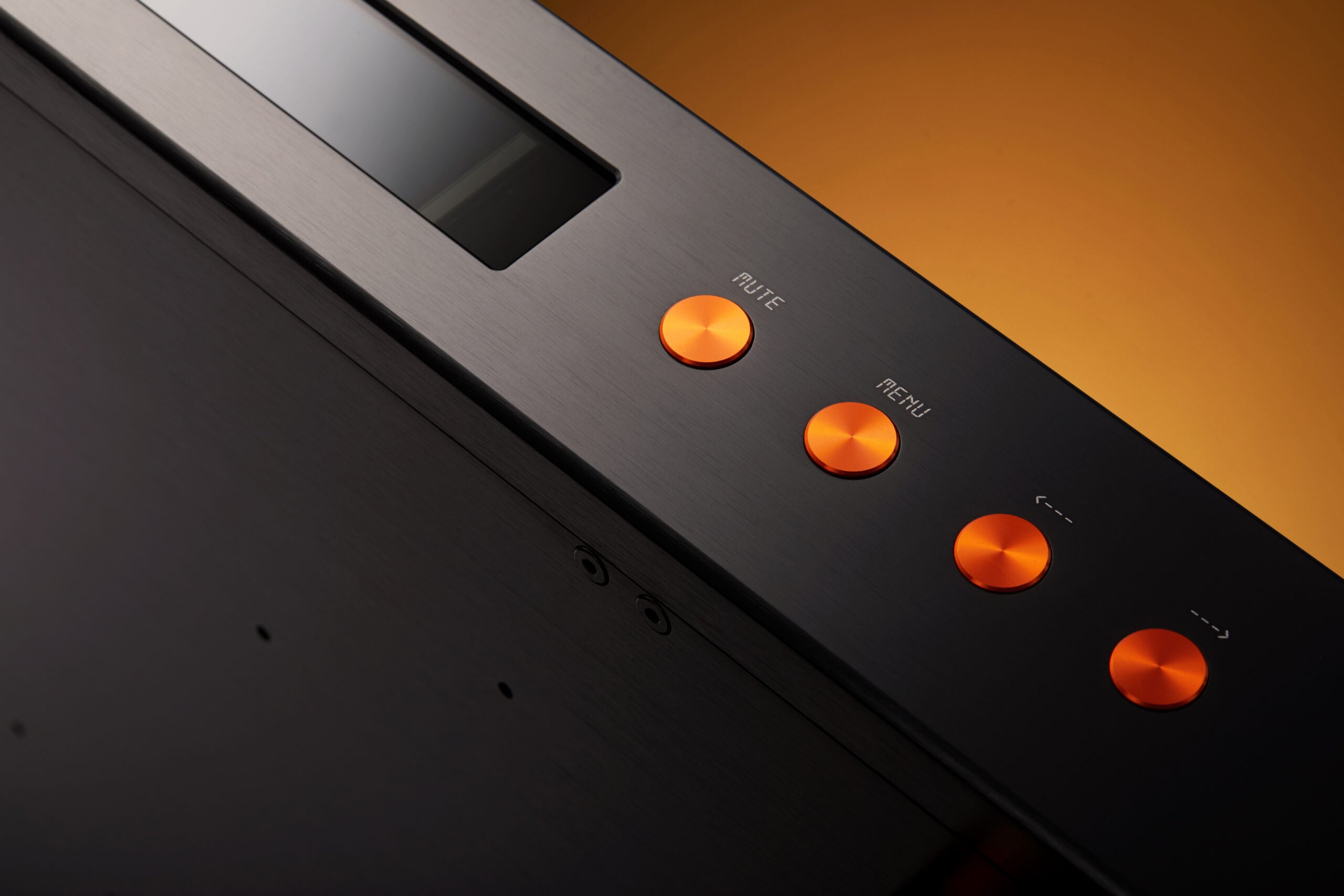
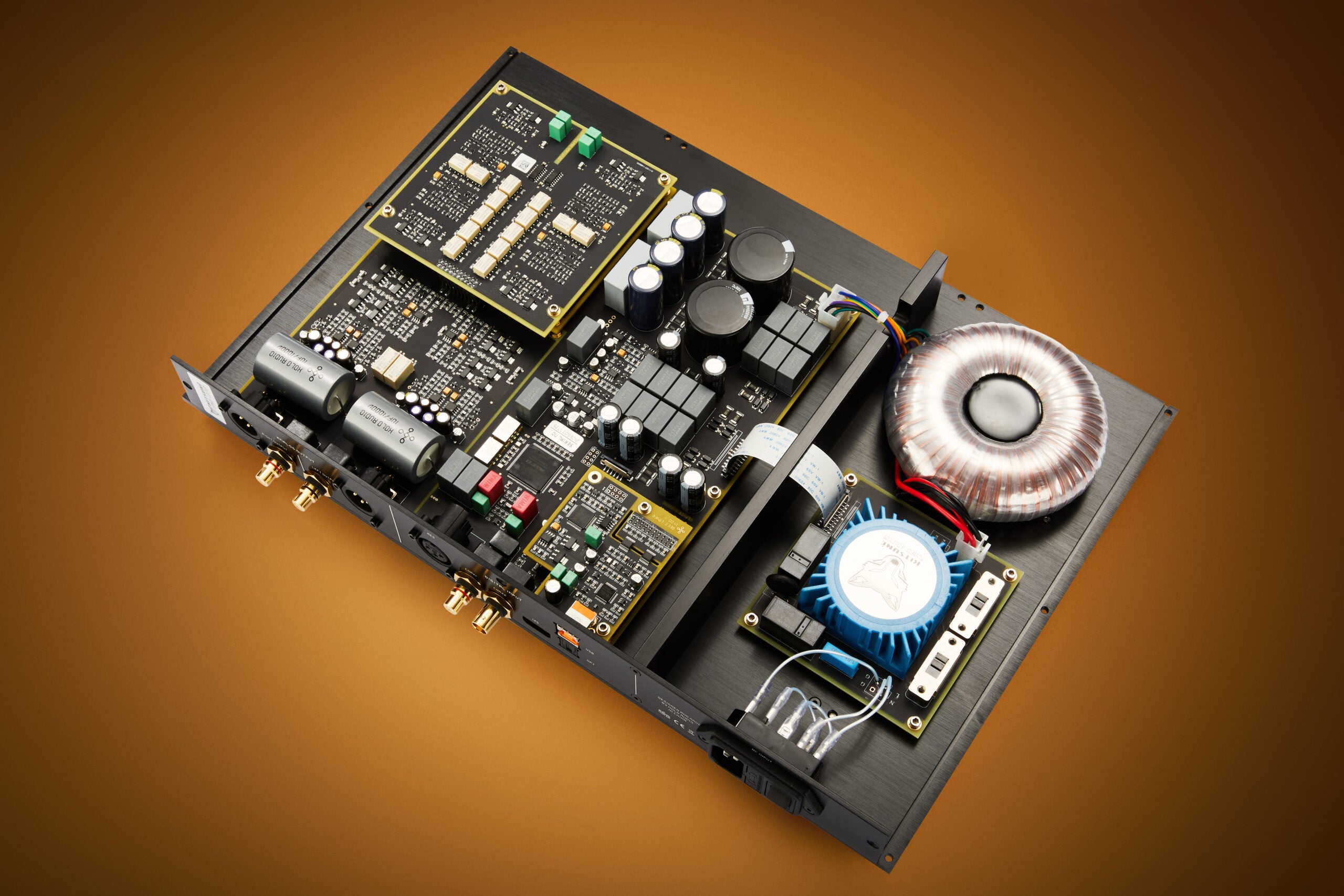
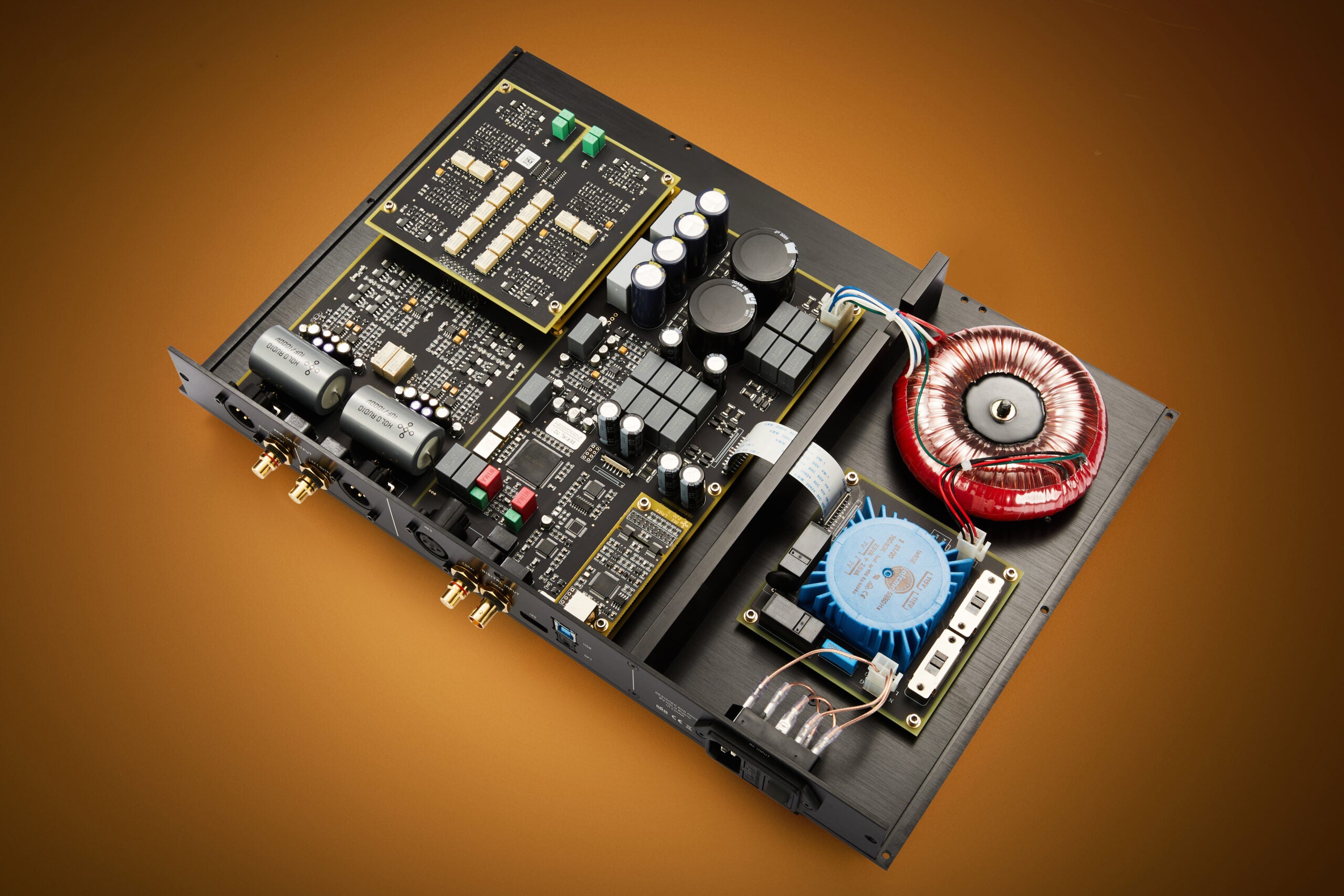
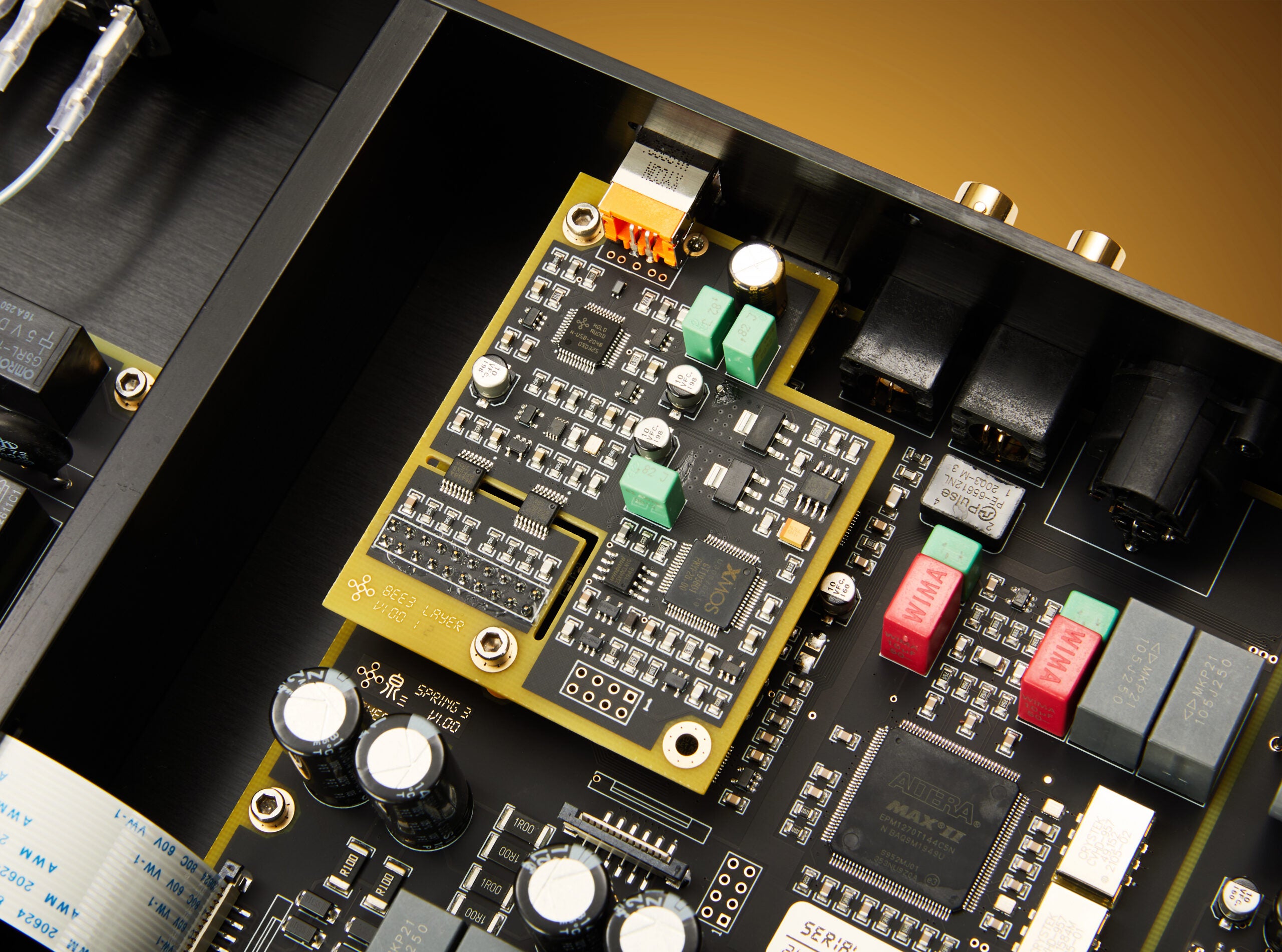
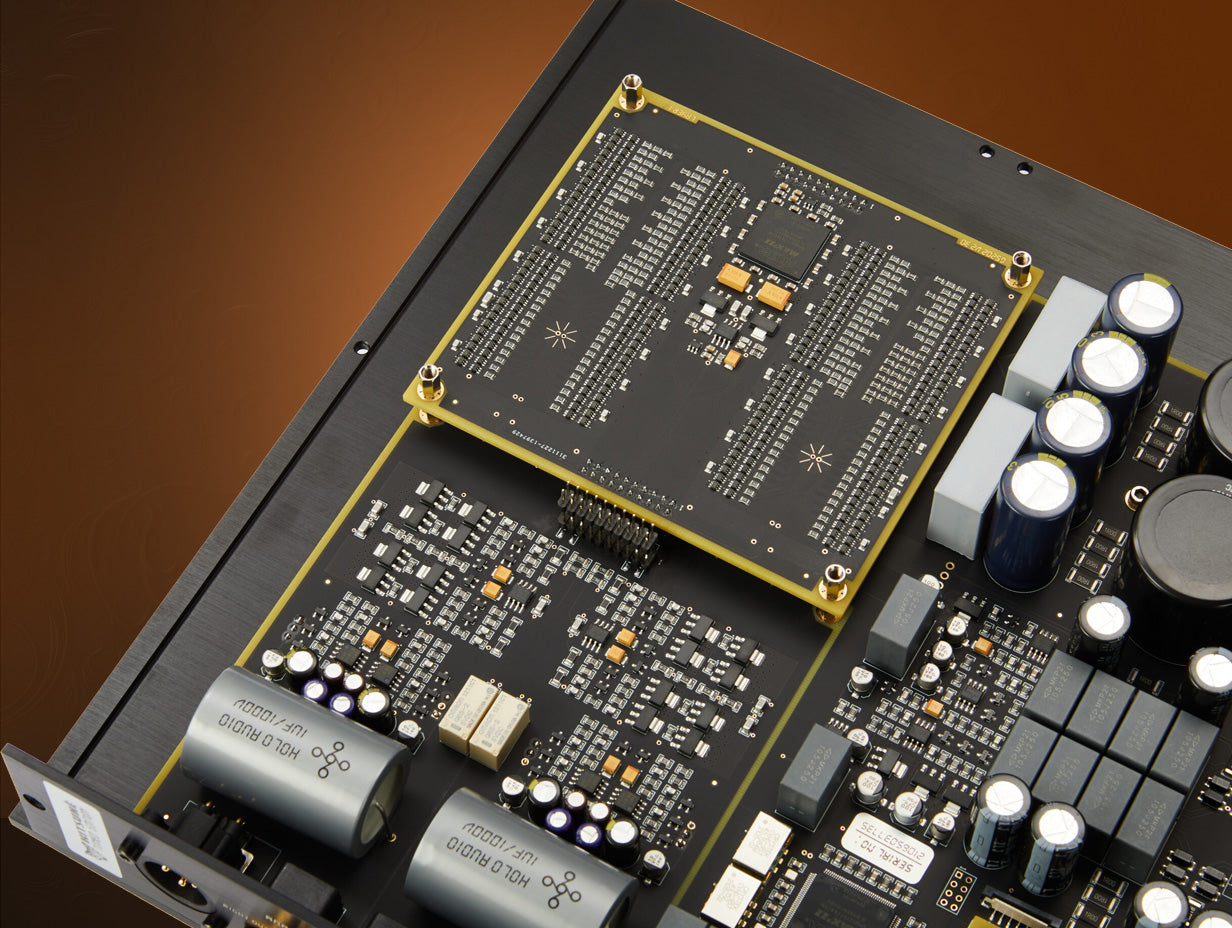
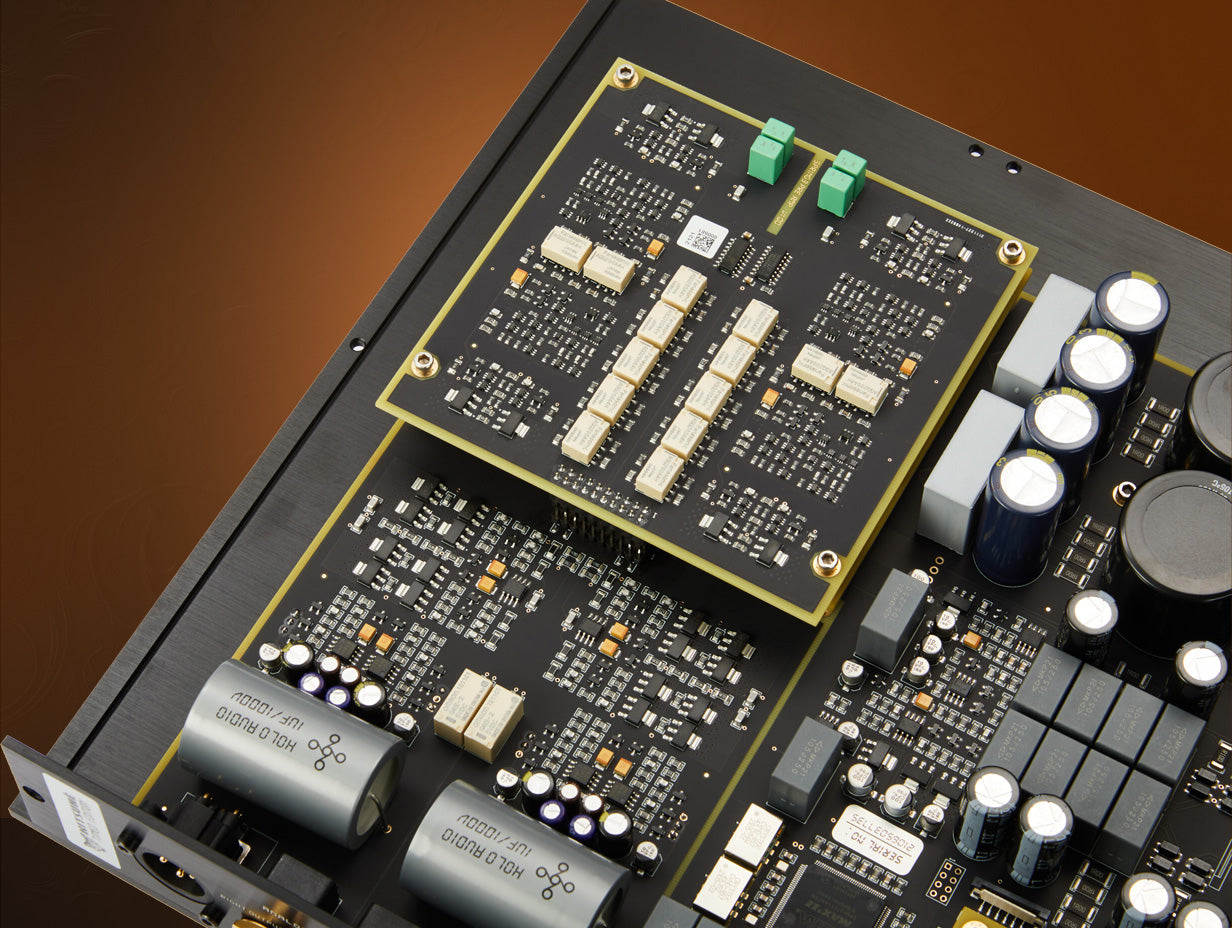
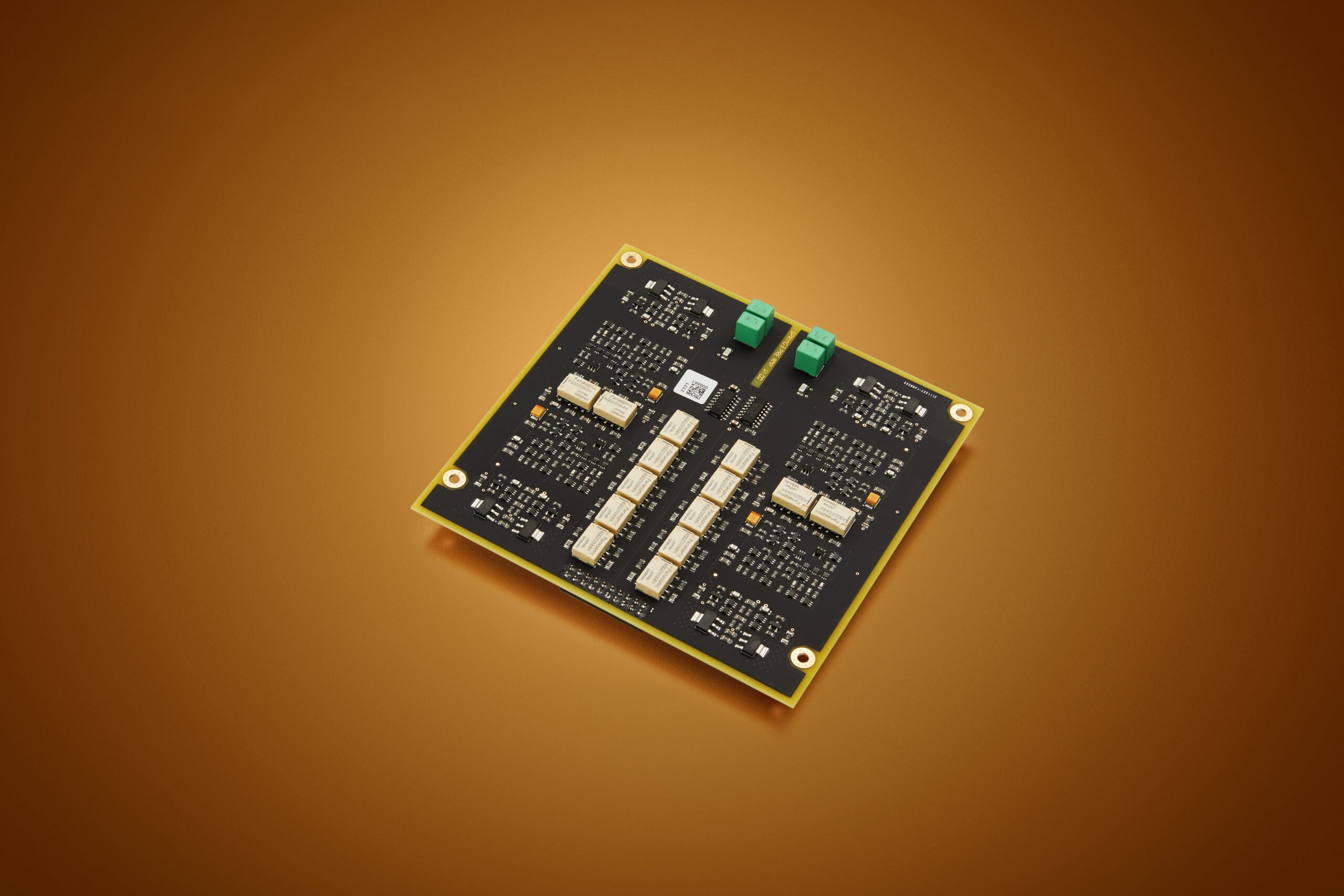
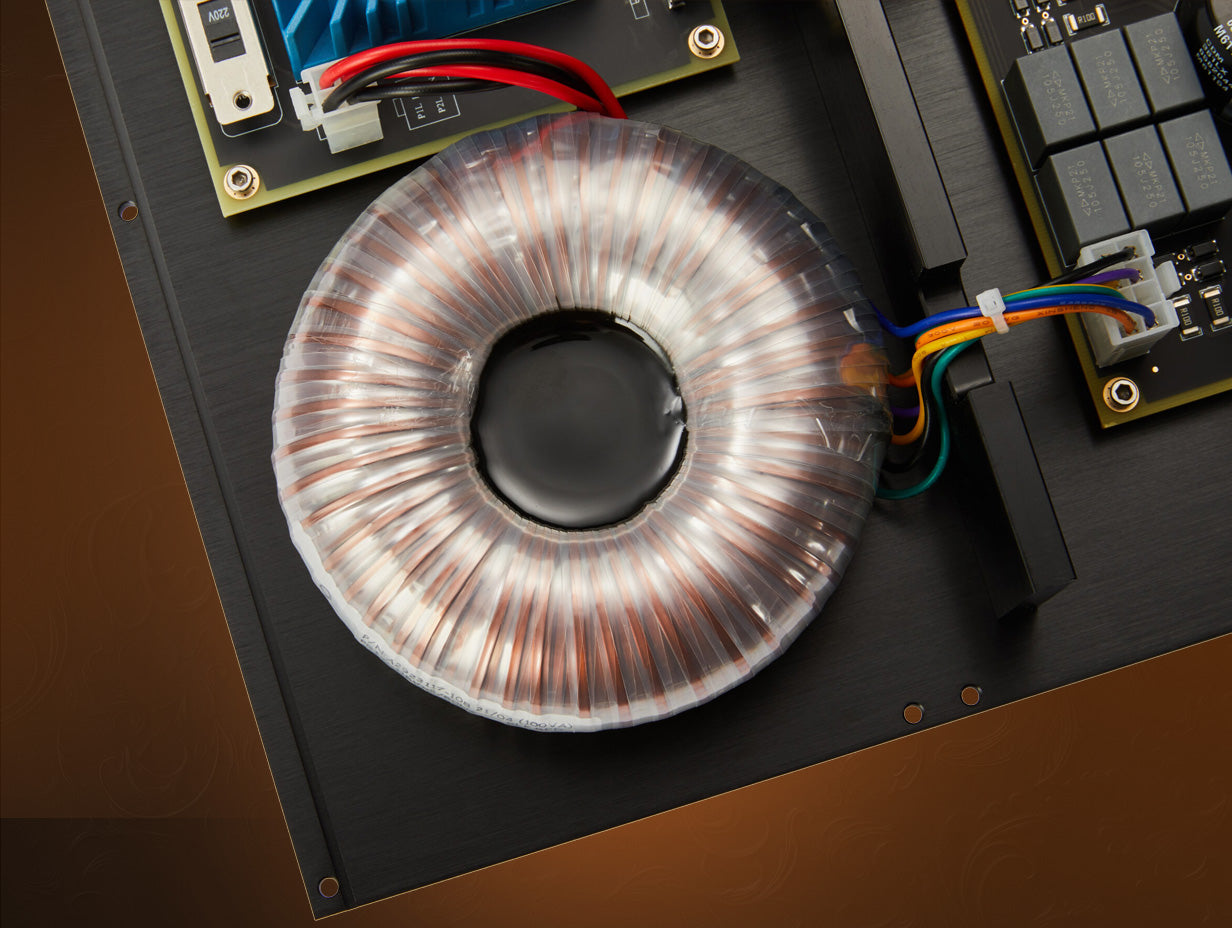
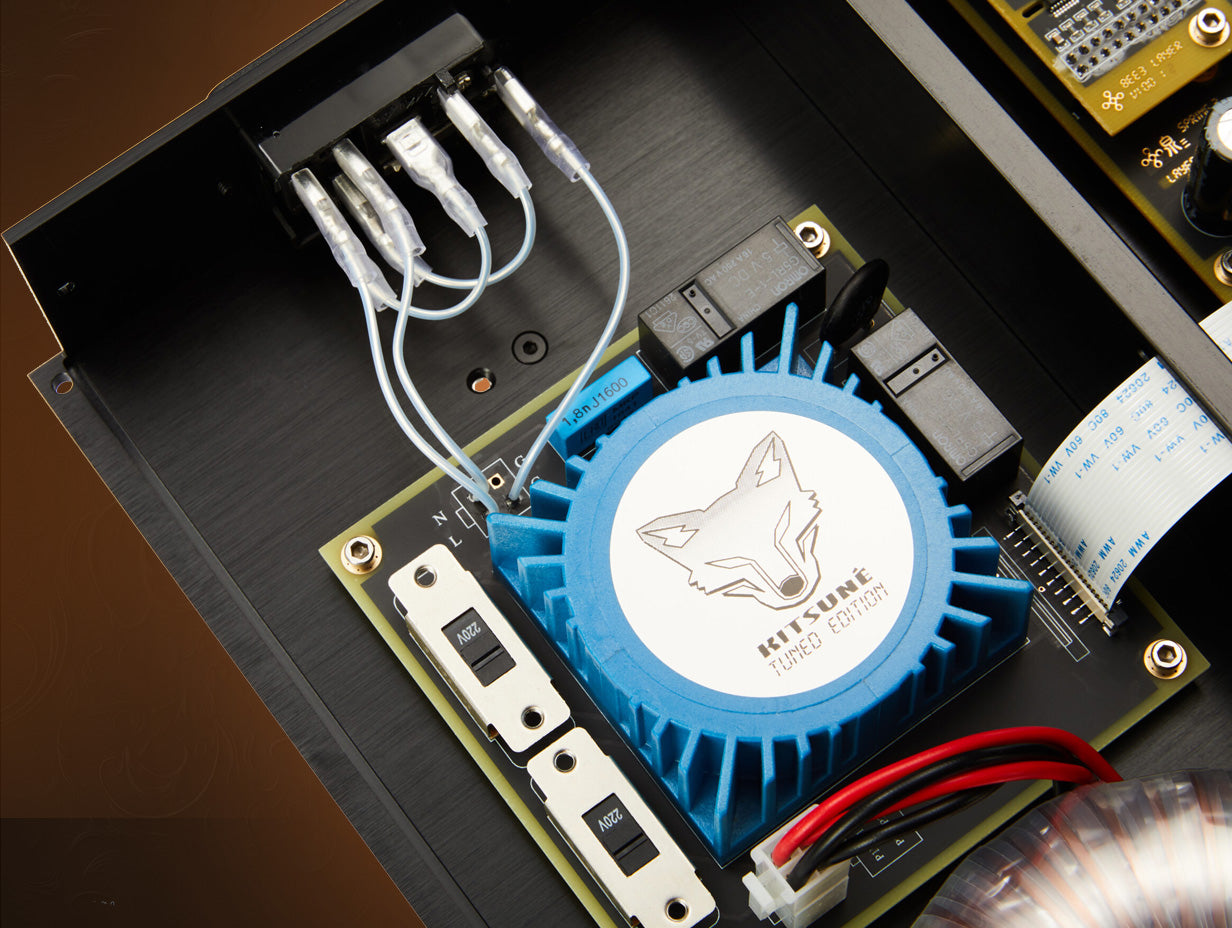
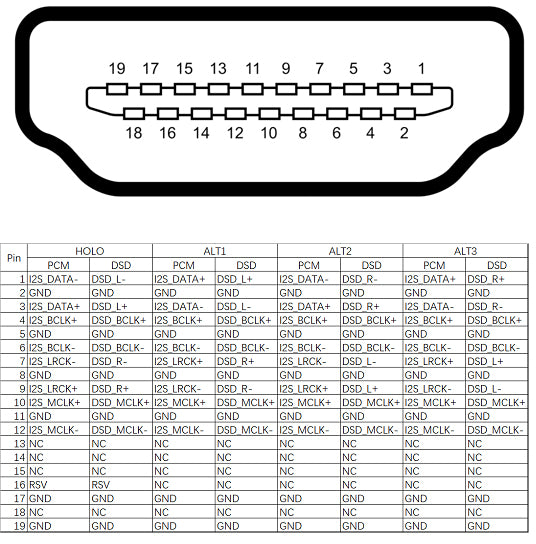
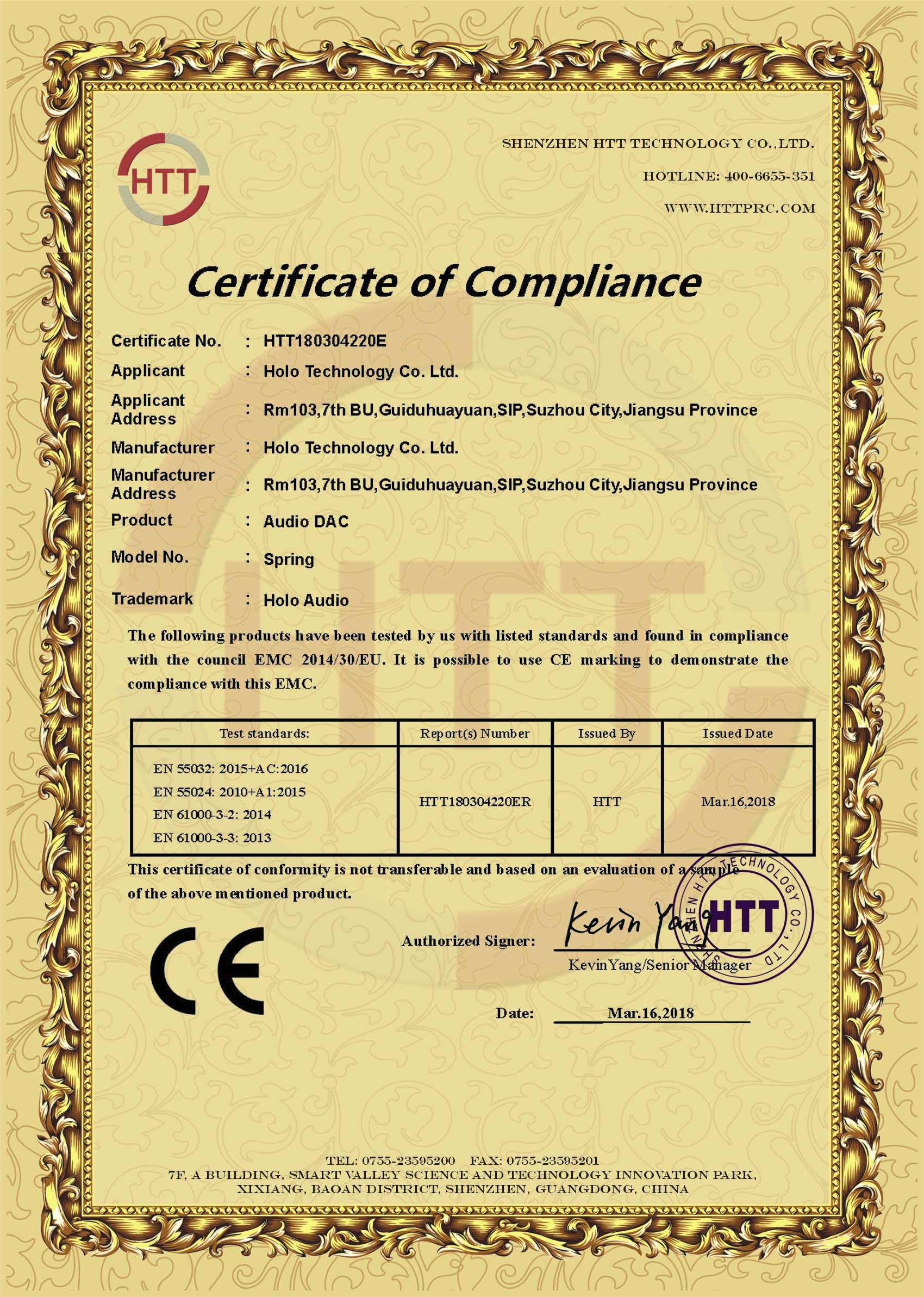
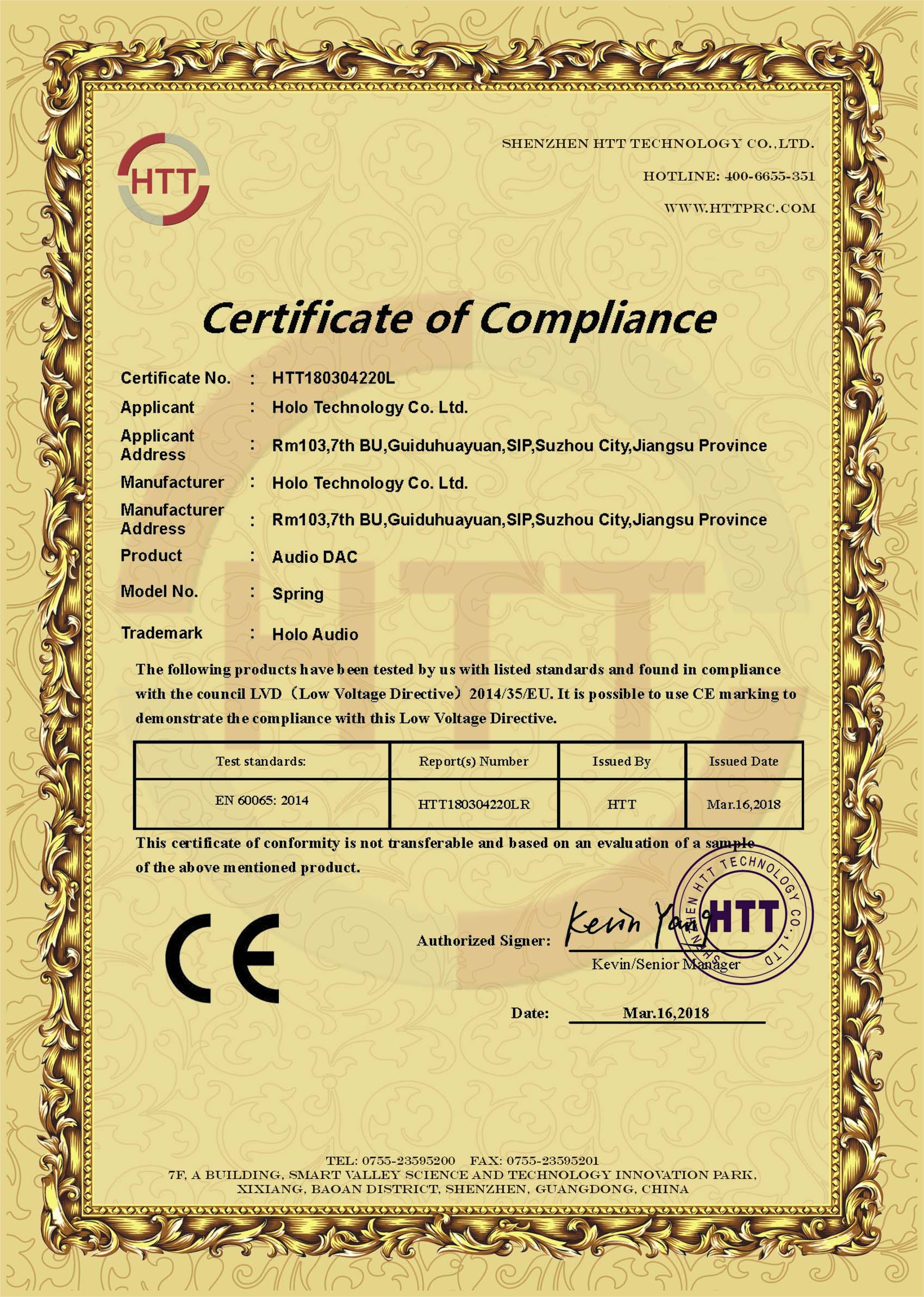
Holo Audio – Spring 3 DAC
The highest grade components are used in our very popular KTE version products. Exclusive to the Spring 3 KTE model; The enhanced USB module found in the MAY DAC, which includes Titanis 2.0 FPGA circuit .This Spring3 KTE version will include an upgraded ultra premium transformer that is 100VA O-Type Flatwire type .The sound improvement is not subtle, it’s a night and day improvement in our opinion and many of our customers agree. Kitsune has tuned this Spring 3 DAC for no compromise performance and targeted at the enthusiast audio lover. This transformer is our finest available model and makes the Spring’s sound quite elegant and improved detail.
The following is added to KTE Spring3:
1. 100VA O-type (NOT toroid) Flat wire type as found in the flagship May Dac L2 and KTE.2. All copper wire is replaced with 1.5mm pure occ silver wire.
3. Hand Selected Dac module to have best measurements compared to averages.
4. KTE Spring3 is ONLY level to have the enhanced USB module as found in our L2 and KTE May dac. Has titanis 2.0 circuit.
5. Replaced IEC inlet connectors with pure silver/rhodium plated faston connectors at the IEC inlet.
6. HoloAudio Red Nano fuse.
7. Holo Audio Caps(we have done extensive testing and these prove to provide the very best sound quality)
8. Special Kitsune Tuned Edition branding inside and out (pure copper Kitsune fox emblem on top panel, like our extremely popular KTE SU2 product)
9. KitsuneHiFi VIP service, english support and manuals/software
Estimated Time Before Shipping:

Features:
- A new generation of linear compensation technology. A better solution to the resistance, accuracy errors caused by switching components and PCB, after compensations makes the equivalent accuracy reach 0.00005%.
- The new generation of de-glitch technology can provide a full range without increasing the noise floor or other adverse effects.
- Based on this new generation of technology, “泉3” Spring3 (non preamp model) can provide a SINAD of >112dB and a dynamic range of >128dB, which represents the performance limit reached by today’s most advanced R2R architecture DAC.
- Using the ultimate performance of PLL+FIFO technology, provides 0.1Hz Third-Order low-pass ability to inhibit jitter. It also uses a high-performance femtosecond VCXO as the PLL clock source. Under the premise of being almost immune to the front-end jitter, it can also lock up to 1.5us-2us @ 1KHz signal with high jitter. (It can lock up to 1.5us-2us @ 1kHz signal with high jitter on the premise of almost being immune front-end jitter).
- The USB interface uses proprietary firmware with ultra-low latency, a highly reliable data transmission, ideal USB eye pattern measurements that contributes to 2-4 times higher performance than official firmware.
- A single, independent HDMI-I2S input interface is provided, which has a four-way independent circuit, as opposed to standard LVDS chip, making I2S clock signals subject to lower interference and lower jitter. In addition, the I2S input can be configured with a specific pinout configuration, making it compatible with most of the HDMI-I2S digital devices on the market.
- Optional (Factory installed only): A fully balanced, fully discrete analog pre-amplifier. Provides 84 steps, each step is 1db of volume control.
HoloAudio is the world’s first to support DSD natively on Resistor Ladder DAC, so far the only one. This is not the DSD converted to PCM before digital-analog converter, but directly by the discrete components of the DSD digital to analog converter. Supported currently on MAC (DOP)and Linux (DOP), and Windows/PC (Direct Native and DOP). Please note, the word ‘R2R’ is the name of a kind of architecture of resistor ladders. This architecture requires less resistors yet still is capable to deliver more than acceptable performance. Most DACs in the industry use this architecture. The DSD module of Spring3 does not use R2R architecture for the DSD, more specifically it uses a very specific architecture which is optimized to perform DSD to analog. So to be entirely accurate the DSD part of Spring is using resistor ladders, not R2R..
Spring2’s input and output interface:
- Digital input interface includes
- USB (ground isolation)
- RCA coaxial
- BNC coaxial
- AES
- optical fiber
- I2S (HDMI) – improved ultra high performance 4way custom circuit (NOT LVDS anymore)
- All digital input interface supports DSD (DOP mode).
- Analog Output interface: single-ended, balanced.
Spring3 DAC R2R structure and design + Input/output Stage
Modern and popular delta-sigma type DAC differs from R2R within one clock analog value can recover a sampling point, and the delta-sigma is used to represent an analog signal after passing through oversampling and high-speed digital switching 0 and 1. In comparison, the conversion structure of R2R is most direct and pure, but delta-sigma is essentially a digital chip, high-speed digital signals 0 and 1 switch to the low-pass filter to process the analog signal and this process is prone to various problems, produce digital sound (digititus) and also in the super-sampling process will inevitably cause some ringing and distortion. But DAC R2R structure requires high-precision resistor network which the cost can be very expensive. And the digital delta-sigma DAC chip in comparison is very low cost. Patented R2R technology. This is the first discrete DAC that has Linear compensation and this allows for ultimate music reproduction accuracy. Dual R2R ladder network with advanced architecture for PCM, and Dual Resistor Ladder network with optimized architecture for DSD!
I/O stages: There is an Op Amp used for input stage and discrete component used for the output stage. The discrete output stage is working in pure class A. The output voltage is 2.9 Vrms for single ended output and 5.8 Vrms for balanced output (dsd playback is half these voltages). The single ended is RCA. Balanced is XLR. They both use the same output stage. It’s BiPolar Junction Transistors, direct coupled. The big MKP capacitor you can see in the output stage is for the power supply, not for signal coupling. And the Spring3 Output impedance is 27 Ohm – RCA and 54 Ohm – XLR.
A common question we get…” Why do you use an Op amp at the input of the DAC?”
The input stage with an opamp is a good choice. It has a paired transistor input by the nature it is manufactured. But an opamp for the output stage is limited due to it’s size and the thermal capability. Also, no one will offer an opamp with class A output as it’s efficiency is so low. So an opamp used as input and discrete output combined together will have an advantage. It doesn’t mean that all discrete is not good. Actually, if we need to achieve enough low distortion. It needs at least 30-40 transistors. Which not only will it be huge and waste of space but it will also be too costly. I mean, to beat the opamp’s performance, a simple discrete architecture is not possible, although an all discrete design looks beautiful.
The true balanced circuit design
These two pictures can explain the true balanced design quite well. The bottom side has the same resistor ladders as top side. The dac module is a pure 24bit discrete R2R design (PCM) and discrete Ladder Dac optimized architecture (DSD).

(spring2 dac module is show only for reference)
XLR is using all of the circuit and RCA is just using half of them. The balanced output has better performance (THD, noise) and also better common mode rejection rate. If you’re listening environment contains interference, either from AC power or from EMI/RF then you will find a full balanced system can really help significantly.
What are the Spring 3’s sound characteristics? :
One of the strong points of the spring is the spatial sounds stage presentation. It’s very wide and precise. It never sounds congested like many DACs. The high end is very detailed and never harsh sounding. It has the R2R goodness that many have come to know and love. R2R has almost a cult like following and this DAC will surely become a sought after DAC. Everything comes effortlessly for this DAC. Bass is layered and textures, quite full and present without ever masking over the sweet mid tones that are produced. One special thing about the Spring is its amazing voltage regulation circuitry that better than 0.2uV output noise! This along with the O-core transformer helps regulate the purest power which translates to audio clarity and accurate reproduction. It must be heard to appreciate and come to love its sound.
You may be asking… well what is so special about this DAC? A Discrete R2R DAC with linear compensation…what is this?
There’s an additional R2R ladder in the Spring3 DAC, it compensates the main R2R ladder. It works like trimming, but trimming is to change the resistor value. This additional R2R ladder is digitally controlled and will accurately compensate the resistor tolerance. For example, the MSB of 16 bits should have the value of 32768, but due to tolerance, it represents 32700 in real world results. Then that additional R2R ladder will compensate 68 into it. Thus it now becomes 32700 + 68 = 32768. What this means is that it’s likely the most precise Discrete DAC on the market with near flawless linearity, lowest THD and highest SNR of any NOS DAC. The sound is simply something you must experience to fully realize how special this DAC is. It’s a patented technology exclusive to HoloAudio. KitsuneHiFi is also HoloAudio USA and proud to bring you this DAC.
Specifications

